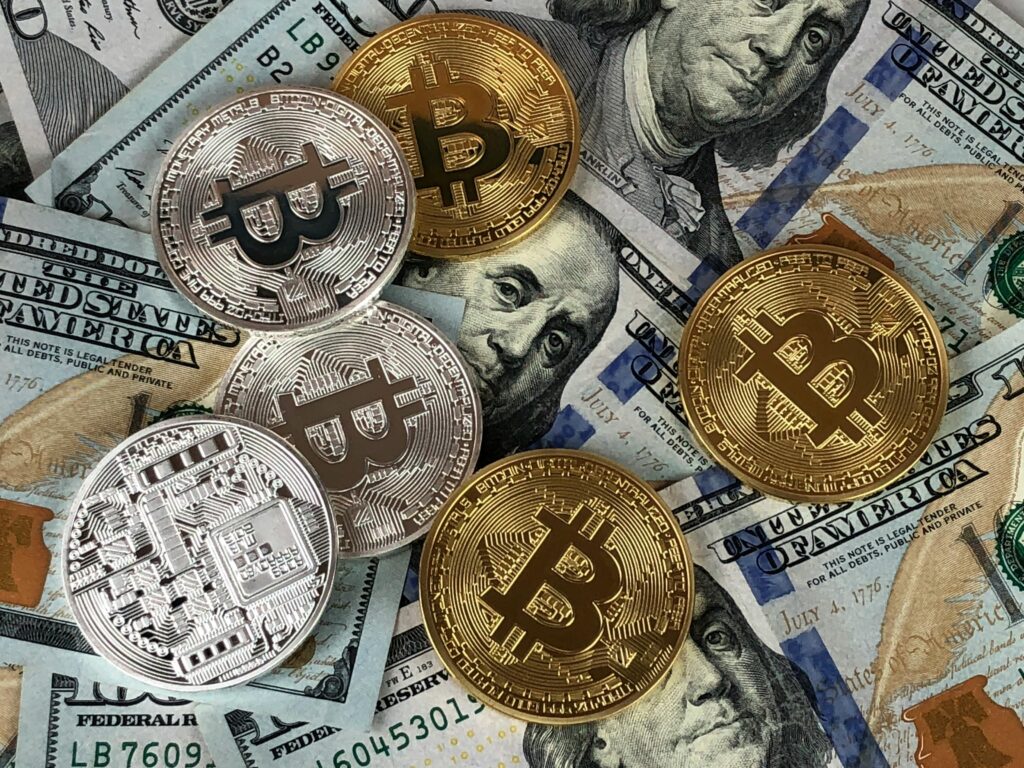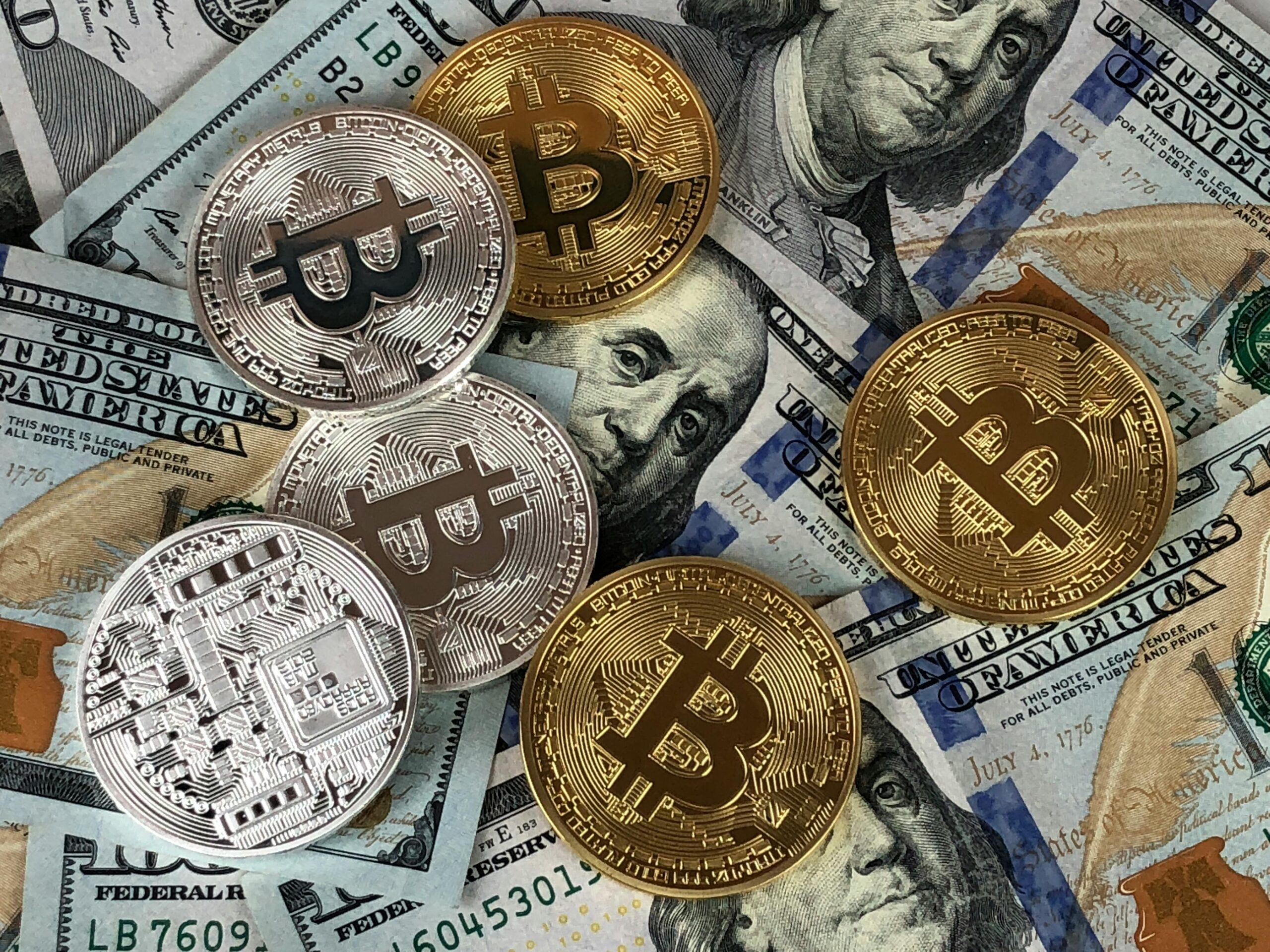There’s one topic that has consistently popped up in conversations I have had with people around emerging technologies and that is blockchain. It’s a term that has gained a lot of traction, especially with the rise of cryptocurrencies like Bitcoin. However, blockchain isn’t just about digital currency; it’s a powerful technology with far-reaching applications. So, let’s break it down into digestible bits, shall we?

What Exactly is Blockchain?
If you’re familiar with databases, you’re already halfway there to understanding blockchain. Imagine a typical database like a spreadsheet that stores information, only this spreadsheet is duplicated across a network of computers. Blockchain, in essence, is a decentralised digital ledger that records transactions across many computers so that the record cannot be altered retroactively. Each “block” in the blockchain contains a number of transactions, and every time a new transaction occurs, a record of that transaction is added to every participant’s ledger.
Here’s where it gets interesting—once a block is added to the chain, it’s nearly impossible to alter. This is because each block contains its own unique “hash” (like a digital fingerprint), along with the hash of the previous block, creating a chain of blocks. If someone tries to tamper with a block, the hash would change, breaking the chain and alerting the network that something is wrong.
Why is Blockchain Important?
Now, you might be thinking, “Why all the fuss about this blockchain thing?” The answer lies in its ability to provide security and transparency. In a world where data breaches are becoming increasingly common, blockchain offers a secure way to store and transfer data without relying on a central authority. Blockchain mitigates this risk by decentralising the data, making it much harder for bad actors to compromise the system.
I remember when I first started reading up on blockchain, it felt like learning a new language—full of terms like “hashing,” “nodes,” and “mining.” But once you grasp the fundamentals, it’s like a light bulb moment. Suddenly, you see the potential applications of blockchain everywhere, from supply chain management to voting systems. And it’s not just theoretical; companies are already implementing blockchain to enhance transparency and efficiency in their operations.
A Brief History of Blockchain
Blockchain technology was first conceptualised in 2008 by an anonymous person (or group) known as Satoshi Nakamoto. Their white paper, titled “Bitcoin: A Peer-to-Peer Electronic Cash System,” introduced the concept of a decentralised digital currency that operates without a central authority—Bitcoin. However, the real innovation wasn’t Bitcoin itself, but the underlying technology—blockchain.
In the early days, blockchain was closely associated with cryptocurrencies, leading many to believe that its only application was in the financial sector. But as more people began to explore the technology, it became clear that blockchain could revolutionise many other industries. Fast forward to today, and blockchain is being used in everything from healthcare to real estate.
Blockchain vs. Traditional Databases
Let’s pause for a moment and compare blockchain with traditional databases. In a traditional database, data is typically stored in tables, with a central administrator controlling the database. This setup is efficient, but it has its drawbacks—mainly, it’s centralised, which makes it vulnerable to attacks. If the central database is compromised, all the data within it is at risk.
Blockchain, on the other hand, is decentralised. Instead of a central administrator, the blockchain is maintained by a network of nodes, each of which has a copy of the entire blockchain. This decentralisation makes it incredibly difficult to alter the data—if one node’s data is tampered with, the other nodes will notice the discrepancy and reject the altered data. This feature makes blockchain highly secure and resistant to tampering.
I remember the first time I tried to explain this concept to a friend. We were discussing the potential of blockchain in the banking sector, and I used the analogy of a shared Google Doc. In a traditional database, one person has control over the document, but with blockchain, everyone has their own copy of the document, and any changes made are visible to everyone. This transparency and security are what makes blockchain so revolutionary.
How Does Blockchain Work?
Understanding how blockchain works can be a bit tricky, but let’s break it down step by step.
- Transactions: First, a transaction is requested, such as transferring Bitcoin from one person to another.
- Block Creation: This transaction is then grouped with other transactions into a block.
- Verification: The block is then sent to the network for verification. In a public blockchain, this is done through a process called “mining,” where nodes (computers) compete to solve complex mathematical problems. The first node to solve the problem gets to add the block to the blockchain and is rewarded (in the case of Bitcoin, with new Bitcoins, or in the current market tiny fractions of a Bitcoin!).
- Adding to the Chain: Once verified, the block is added to the existing blockchain in a linear, chronological order.
- Completion: The transaction is complete, and the block becomes a permanent part of the blockchain, viewable by anyone in the network.
Each of these steps is crucial to maintaining the security and integrity of the blockchain. One of the things I found most fascinating when I first started learning about blockchain was the concept of consensus. Unlike traditional systems where a central authority verifies transactions, blockchain relies on the consensus of the network. It’s like a digital democracy, where the majority rules.
Applications of Blockchain Beyond Cryptocurrency
While Bitcoin and other cryptocurrencies have put blockchain on the map, its applications extend far beyond digital currency. In fact, I’d argue that the most exciting potential of blockchain lies outside the world of finance. Let’s explore a few examples:
- Supply Chain Management: One of the most promising applications of blockchain is in supply chain management. With blockchain, every step of a product’s journey—from raw material to finished product—can be recorded on the blockchain. This creates an immutable record that ensures transparency and can help prevent fraud.
- Healthcare: In healthcare, blockchain can be used to securely store patient records. By putting medical records on the blockchain, patients can have control over their own data, and doctors can access a complete, unaltered history of a patient’s medical care.
- Voting: Blockchain has the potential to revolutionise voting systems by providing a secure and transparent way to record votes. This could help prevent election fraud and increase voter trust in the electoral process.
- Intellectual Property: Creators can use blockchain to register and protect their intellectual property. For example, artists can register their work on the blockchain, creating a permanent record that proves ownership.
These are just a few examples of how blockchain is being used today, and as the technology continues to evolve, we’re likely to see even more innovative applications.
Challenges and Limitations
As promising as blockchain is, it’s not without its challenges. One of the biggest hurdles to widespread adoption is scalability. The process of verifying transactions and adding them to the blockchain is resource-intensive and time-consuming, which can lead to slow transaction speeds. This is particularly problematic in public blockchains like Bitcoin, where the network can become congested during periods of high demand.
Another challenge is regulation. Because blockchain operates across borders and without central control, it can be difficult to regulate. This has led to concerns about its use in illegal activities, such as money laundering. Governments around the world are still figuring out how to approach blockchain regulation, and it’s likely that we’ll see more legal frameworks develop as the technology matures.
There’s also the issue of energy consumption. mining, the process by which transactions are verified in a public blockchain, requires a significant amount of computational power, which translates to high energy usage. This has raised environmental concerns, particularly with cryptocurrencies like Bitcoin. Some cryptocurrencies are moving to a process called ‘proof of stake’ to verify transactions, we will discuss this in a future article.
The Future of Blockchain
Looking ahead, the future of blockchain is both exciting and uncertain. On one hand, we’re likely to see continued innovation and new applications for blockchain technology. On the other hand, there are significant challenges that need to be addressed before blockchain can reach its full potential.
One area to watch is the development of “Layer 2” solutions, which aim to address the scalability issue by processing transactions off the main blockchain, then settling them on the blockchain later. This could help increase transaction speeds and reduce congestion on the network.
We’re also likely to see more integration of blockchain with other emerging technologies, such as AI and IoT. For example, combining blockchain with IoT could create a more secure and transparent way to manage smart devices. Similarly, integrating AI with blockchain could enhance the decision-making processes within decentralised systems.
Ultimately, the future of blockchain will depend on how well it can overcome its current challenges and how creatively it can be applied to new problems. But one thing is certain—blockchain is here to stay, and it’s going to continue shaping the future of technology.
Conclusion: Embracing Blockchain’s Potential
Blockchain is more than just a buzzword; it’s a technology with the potential to transform industries and change the way we think about data security and transparency. While it may seem complex at first, once you understand the basics, you’ll see why so many people are excited about its potential. Whether you’re a tech enthusiast or just curious about what blockchain can do, there’s no better time to start exploring this revolutionary technology.
And remember, if you’re interested in learning more about how blockchain intersects with other emerging technologies, be sure to check out our future posts on AI, IoT, and cybersecurity over on TechDecompress. We’re all about breaking down complex topics into digestible, relatable content, so stay tuned for more insights




